One year ago, on this date, at 6:04 p.m. IST, Chandrayaan-3 made history. Among its many firsts, it became the first spacecraft to soft land on the South Pole of the Moon. This post aims to celebrate all those milestones on the one-year anniversary of its achievement-
What is Chandrayaan-3?
Chandrayaan-3 is the third mission in the Chandrayaan program, and the follow up mission to Chandrayaan-2. It was launched by ISRO on 14 July 2023
Mission Stats
Launch Time: 14 July 2023, 2:35 pm IST
Launch Vehicle: LVM-3 M4
Mass at Launch: 3900 kg
Launch Site: Satish Dhawan Space Centre, Sriharikota
Landing Time: 23 August 2023, 6:04 pm IST
Landing Site: Shiv Shakti Point (69.373º S, 32.319º E)
Power (PM): 758 W
Power (Vikram): 738 W
Power (Pragyan): 50 W
Spacecraft Specs
The Chandrayaan-3 spacecraft had 3 components- the Propulsion Module, the Vikram Lander, and the Pragyan Rover. Here's a detailed description of each of these-
The Propulsion Module
The Propulsion Module (PM) was mainly responsible for transporting the lander to a 100km circular lunar orbit. It consists of a box-like structure, with a solar panel on one side and a mounting structure for Vikram on top.
Aside from this, the PM had one scientific payload which is still being used to study Earth from its orbit.
The Vikram Lander
Like the name suggests, the Vikram lander was the part of Chandrayaan-3 that soft-landed on the Moon. It is another box shaped objects that has 4 legs and 4 landing engines that can provide a thrust of 800 N each.
Many improvements were made, learning from the Chandrayaan-2 disaster, the most significant being a stronger structural design, stronger legs, and location measuring instruments with a higher precision. A central engine was also removed to increase the maneuverability.
The Pragyan Rover
My personal favourite member of this mission, the tiny Pragyan rover, weighing just 26 kg, was responsible for exploring the landing site, and performing various scientific experiments.
It is a 6-wheeled rover that was to check for water in the lunar regolith, research about lunar impacts and make observations relating to the atmosphere of the Moon (composed of lunar dust mainly).
Scientific Payloads
PM Payloads
The PM had only one payload (the others being on the still active Chandrayaan-2 orbiter), the Spectro-polarimetry of Habitable Planet Earth (SHAPE). It is being used to study the spectrum and polarization of light coming from Earth from the lunar orbit.
Lander Payloads
Vikram has a variety of payloads that have taken a bunch of scientific observations-
ChaSTE
The Chandra's Surface Thermophysical Surface Experiment (ChaSTE), consisted of a probe that entered around 10cm into the lunar regolith (the top layer of soil) and measured the temperature and thermal conductivity at different depths.
The results of this experiment were mind-blowing. The difference in temperature between the ground level and around 8cm into the surface, was around 60º celcius! In comparison, going 8cm into Earth's surface marka a change of around 5º Celcius.
ILSA
The Instrument for Lunar Seismic Activity (ILSA) was used to measure the seismic activity around the landing site. Its main objective was to measure vibrations generated by moonquakes, asteroid impacts, and artificial events like the movement of Pragyan.
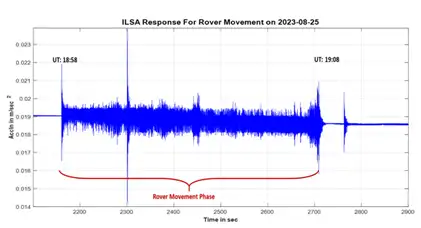
Credit: ISRO
RAMBHA-LP
The Radio Anatomy of Moon Bound Hypersensitive ionosphere and Atmosphere - Langmuir Probe (RAMBHA-LP) was used to estimate the plasma density near the surface of the Moon.
Laser Retroreflector Array (LRA)
This is a passive payload by NASA that was used only after the Chandrayaan-3 mission was completed. The Lunar Reconnaissance Orbiter (LRO), fired a laser at this array, which was then reflected back to it.
Rover Payloads
APXS
The Alpha Particle X-ray Spectrometer (APXS) was used to analyse the elemental composition of the lunar soil. It emits X-rays and alpha particles onto the samples, which prompt the samples to emit a spectrum of light. Observing this spectrum leads to identification of the elements present in the sample.
Credit: ISRO
APXS discovered many elements like Aluminium, Silicon, Calcium and Iron.
LIBS
The Laser Induced Breakdown Spectroscopy (LIBS) instrument discovered the presence of elemental sulfur on the Lunar South Pole. It uses a high energy laser to generate plasma, which radiates energy (light), which is then measured by instruments.
Elements like Aluminum (Al), Sulphur (S), Calcium (Ca), Iron (Fe), Chromium (Cr), Titanium (Ti), Manganese (Mn), Silicon (Si), and Oxygen (O), were discovered by this instrument.
Bonus Results!
Aside from acing all its planned objectives, Chandrayaan-3 had some bonus experiments to show off too.
Vikram's Hop
Due to the landing being picture perfect, there was still some fuel left in Vikram's tanks. So ISRO engineers decided to use this fuel to take Vikram on its last adventure.
Credit: ISRO
In this experiment, when the command was given, Vikram started its engines, hovered about 40 cm above the surface, and landed 30-40 cm away from its initial position.
PM Returns Home
Due to the precise orbit insertions and maneuvers, there was still about 100 kg of fuel left in the PM. Hence, ISRO decided to use it to bring the PM back into an orbit around Earth, which would enable a more efficient functioning of the SHAPE payload.
This maneuver was completed after considering the safety of the PM and all other satellites orbiting Earth. To prevent the PM from entering a high satellite density orbit, it was positioned in a high orbit with a minimum perigee of about 1.5 lakh km.
That is all for this celebratory post of Chandrayaan-3. Hope you enjoyed it. Consider following my blog for more such content on ISRO and astronomy.
Clear skies,
Aarav Iyer
.png)

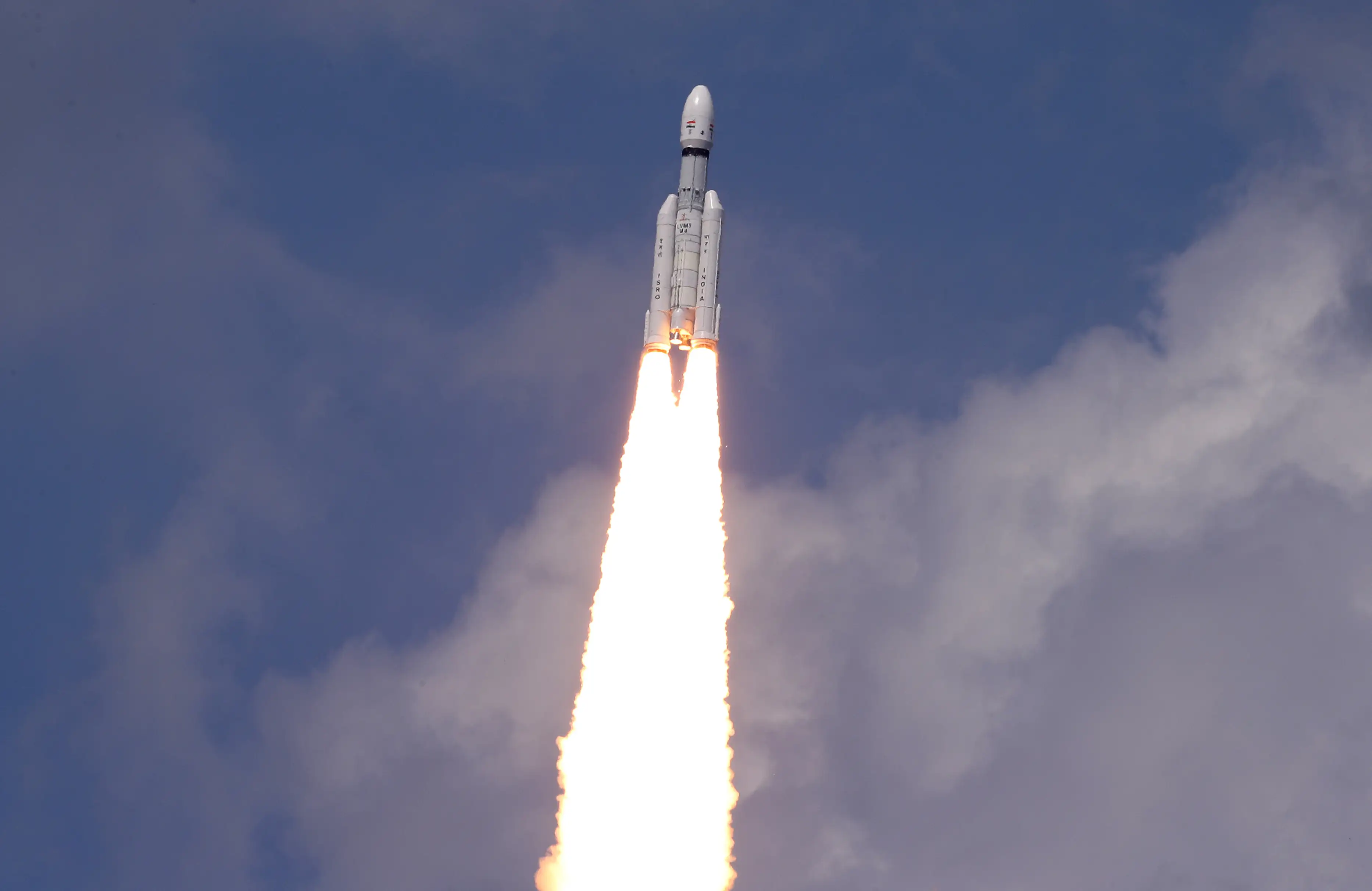



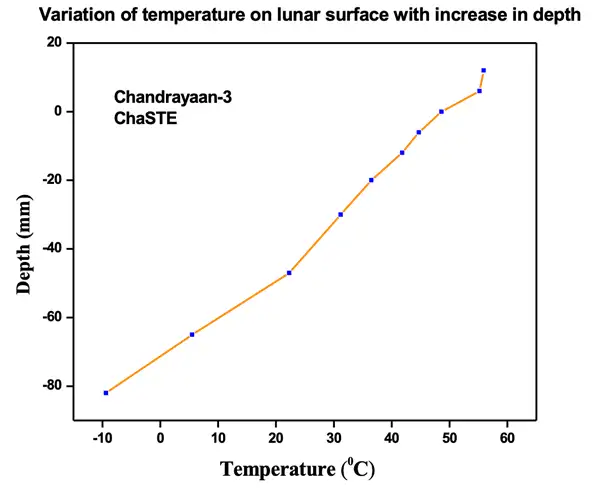
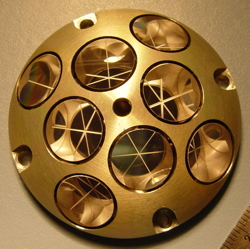
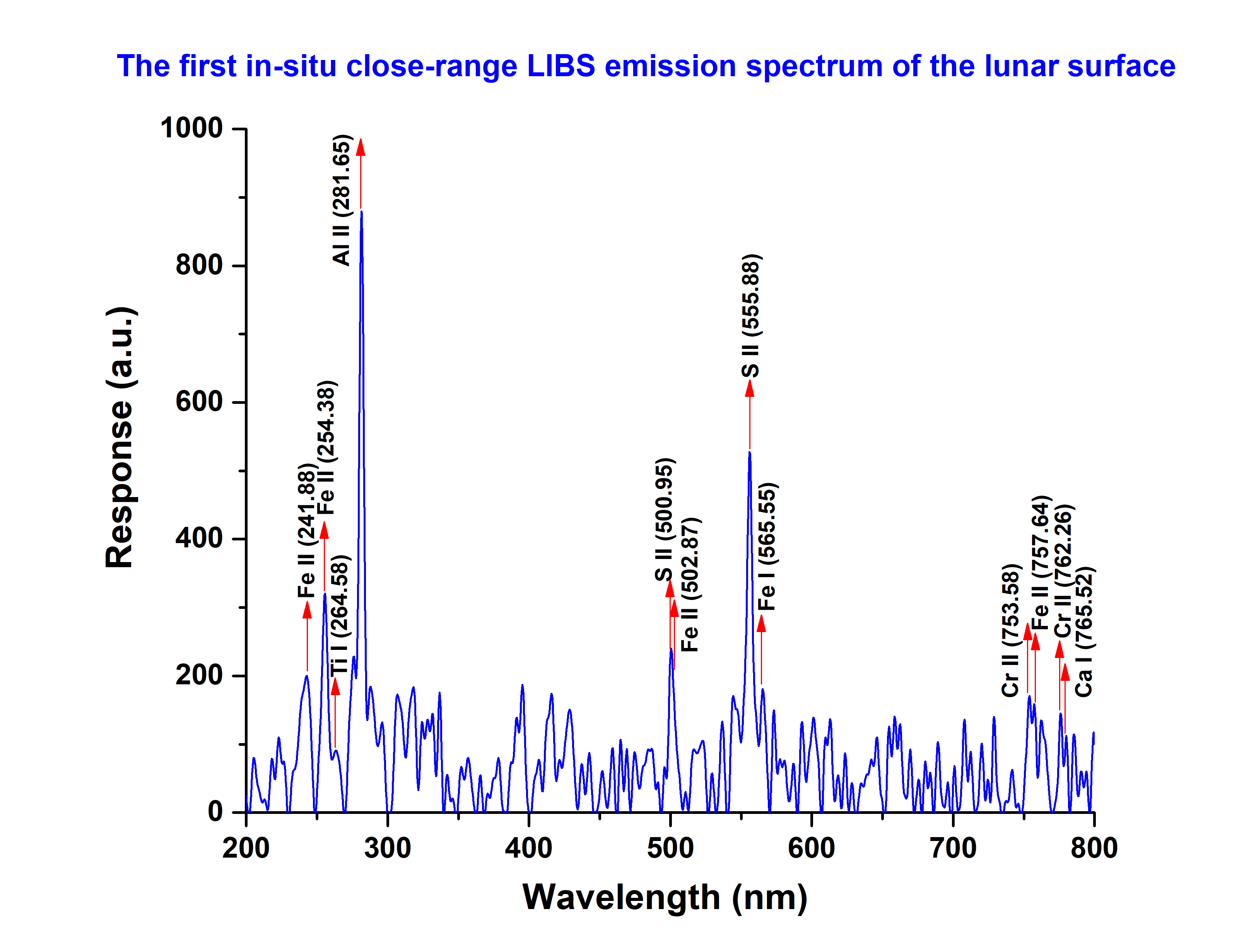
How to convert ISRO to NASA?
ReplyDeleteDid you know:
ReplyDeleteThere's a place in Mars called Garden City and a mountain called Mt. Sharp.
Orbiting time: 07/14/2023 2:35 PM IST to 08/23/2023 6:04 PM IST
ReplyDelete